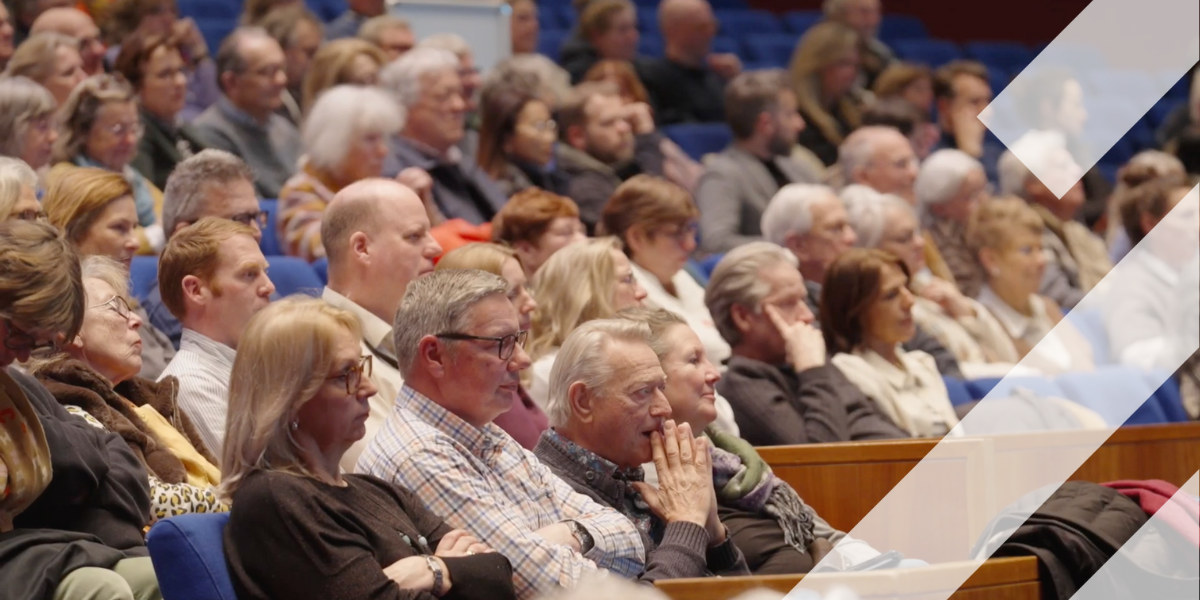Sign of the times
As a manufacturer of retroreflective sheeting used on highway signs around the world, Avery Dennison Reflective Solutions’ safety commitment keeps the company focused on signing needs for today and tomorrow’s CAV environment.
Avery Dennison knows it can’t predict the future, but it strives to address concerns around self-driving cars and traffic signs. Will signs be needed in the future or will sign data reside in the cloud? Will signs incorporate smart technology to communicate in non-visual modes with vehicles (V2V), infrastructure (V2I) and pedestrians (V2P)? Will camera vision systems integrate traffic sign recognition (TSR) technology to process sign symbols and legends?
The pace of technology will influence how these questions are answered in the future. Let’s start with what we know to help those making today’s design and maintenance decisions for traffic signs, which must remain operational for many years into the future. After all, sign production, installation, and ongoing maintenance is a significant investment for every public transportation agency, so avoiding obsolescence is of supreme importance.
Smart systems
There are multiple features available on vehicles today that detect lane markings, other vehicles in the front, rear and driver blind spot, as well as pedestrians and other objects. These features are enabled by a variety of sensors including radar, sonar, lidar, and camera systems.
If automotive history teaches us anything, it is that the technology platform that ultimately prevails must demonstrate reliability and consistency, and be suitable for low-cost mass production across multiple vehicle types and models.
Perhaps the most important system may be in-vehicle cameras with high-pixel resolution to gather data. These systems continuously monitor vehicles moving in the same direction, oncoming traffic and vehicles stopped on the roadside that are either parked, merging or waiting to merge. Some cameras are coupled with radar systems that ping the surroundings with a radio wave looking for the echo when waves bounce off surrounding objects.
In this mode, the camera system functions as the first or second line of warning for the vehicle’s computer systems, with the primary responsibility to detect and avoid a physical interaction with the object.
Traffic signs
Camera-based TSR technology has improved over the past decade. The most significant TSR work has taken place in Europe with speed limit signs. A number of technology companies have developed sign detection and classification software and deployed it in limited geographies on select models offered by car manufacturers including BMW, Mercedes, Mazda and Honda.
Today’s camera systems have not advanced to the level of a human driver – who can read and interpret the variety of messages in regulatory, warning and informational signs – nor can cameras identify and interpret traffic signs on par with their human counterparts in the blink of an eye. Light conditions, signs at severe angles of approach or that have been hit and knocked askew, signs covered by dirt or dew, or signs obscured by large vehicles in the camera’s field of vision all pose challenges for visual-dependent systems.
The variation in traffic signs around the world also contributes to the difficulty of consistent, accurate detection and recognition. Each European sign class employs greater use of shape, border widths and colors not only distinct from each class, but from most things seen in a roadway environment.
The US sign elements are not as distinctive and visually strong as their European counterparts. Warning signs may use yellow, orange, fluorescent yellow or yellow-green. Only stop signs and railroad crossing signs have messages specific to their shape. Many US signs convey their message by text alone, whereas European signs feature pictograms and other icons that aid recognition.
Advancing technology
Improved optical character recognition (OCR) technology is expected to take shape and legend recognition to the next level in the future. However, even with enhanced technology, systems will have to contend with non-uniformity of size, font style, and text location prevalent on today’s traffic signs.
The camera vision industry acknowledges that traffic sign recognition can be improved in many ways. These include increasing sign size to assure signs exceed minimum pixel size filtering and are detected at a greater distance to allow longer processing and reaction time by the TSR system; using the symbol sign equivalent of the text version of warning signs; and standardizing font type, size, message and sign placement. It is also crucial to adopt sign maintenance practices to keep signs clean and unobstructed by vegetation or other roadway infrastructure, offering a clean line of sight for cameras.
Advancing technology
Similar recommendations for improving signing already exist. In June 2014, the US Federal Highway Administration described multiple improvements in their ‘Handbook for Designing Roadways for the Aging Population’. Larger signs and letters, brighter and more uniform signs all extend detection distances, improving safety by giving drivers longer time to process information and react. These improvements – and those advocated by the camera industry – will benefit TSR systems, non-ADAS-equipped vehicles, and human non-motorized roadway users like cyclists and pedestrians.
It will be many years – perhaps decades – before transportation systems experience a complete fleet change to self-driving technology. In the meantime, traffic signs need to accommodate the needs of all road users, including those without the technology, through all stages of autonomous vehicle deployment. Agencies have a clear path on signing improvements to prepare for tomorrow’s technology. Start today by reviewing the local agency’s standards to ensure they are consistent in fonts and letter height. Make greater use of symbols, increase sign size, adopt maintenance practices to review signs in the field and ensuring they are properly placed, and allow unobstructed viewing. This is a practical solution incorporating today’s materials, processes and proven safety measures that will benefit generations of roadway users as we move into the future.
Share your story
Do you have an innovation, research results or an other interesting topic you would like to share with the professionals in the infrastructure, traffic management, safety, smart mobility and parking industry? The Intertraffic website and social media channels are a great platform to showcase your stories!
Please contact our Sr Brand Marketing Manager Carola Jansen-Young.
Are you an Intertraffic exhibitor?
Make sure you add your latest press releases to your Company Profile in the Exhibitor Portal for free exposure.
Get up to speed on the mobility industry - our newsletter straight to your inbox!







